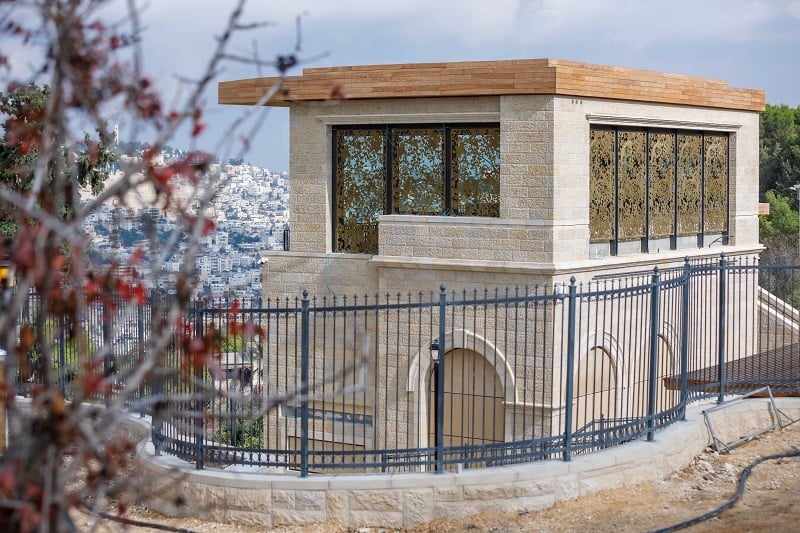Introducing: The New Southern Gateway to Jerusalem
At the “Mitzpe David” Visitor’s Center, enjoy a breathtaking view of Jerusalem. Guided Segway and walking tours offering stunning views around the Armon Hanatziv area depart from this location.
Coming soon! The longest zip line in the country, an area to hold events, and a “smart” observation point overlooking Ancient Jerusalem.
Significant resources are being invested into the entire area to transform it into one of the leading tourist attractions in Jerusalem.
Three Floors of Jerusalem Experiences
On the top floor of the Visitor’s Center is an observation point overlooking Ancient Jerusalem, equipped with a zoom-in camera that allows visitors to explore various sites in the area. Through a giant screen, visitors journey back in time to better understand the ancient landscape of Jerusalem from thousands of years ago.
Shifi Cohen, Vice President of Content Development in the City of David:
“It was important to us that visitors could peel back the layers of Jerusalem’s history and see how the city’s topography changed across different historical periods.”
The venue, with its stunning views of Jerusalem, is available for boutique events, promising unforgettable experiences.
From there, one can proceed to the auditorium on the second floor for a multisensory experience, where you float in moving chairs between Ancient Jerusalem sites and actively participate in an impressive, augmented reality display.
After all these experiences, you’ll likely be hungry. A fancy dining area will be available for groups visiting the area.
Rendering of the new Visitor’s Center. Photo: Kobi Harati
The Newest Adventure Experience in Israel
The new Visitor’s Center will soon launch the longest zip line in Israel.
Stretching 731 meters over the urban landscape, it ends in the Peace Forest’s camping area. From there, you can take a shuttle back to the Visitor’s Center.
Oriyah Dasberg, Vice President of Development, discusses the challenges of the construction process:
To tackle the preservation challenge, it was necessary to enlist an architect specializing in this area—Mr. Ilan Kedar. Additionally, a significant amount of high-quality Jerusalem stone was used, along with arches that emphasize the connection to the ancient world and preserve the building’s facades.
Dasberg adds, “During the foundation work, the Israel Antiquities Authority uncovered several significant discoveries: an ancient water cistern of impressive dimensions, as well as Proto-Aeolic stones from the First Temple period.”
Rendering of the new Visitor’s Center. Photo: Eliyahu Yanai
Archaeological Surprises at the Visitor’s Center
Before construction began on the Visitor’s Center, the Antiquities Authority conducted archaeological excavations at the site. Unexpectedly, Proto-Aeolic capitals were discovered, dating back to the late First Temple period. These findings suggest the presence of a palace or royal estate at the location. Read more
The First “Smart” Observation Point in Israel
From the same vantage point where Abraham and King David once gazed upon Jerusalem, the past intertwines with the present experience. Visitors will see how the city appeared in ancient times and how it evolved over thousands of years, up until today.
The Center will feature the first observation point of its kind in Israel, equipped with smart technology—a giant screen with a zoom-in camera focused on ancient Jerusalem. This will allow visitors to view the city’s development layer by layer over more than 3,000 years of history, until the present day.
The Visitor’s Center at Armon Hanatziv will open fully to the public in December 2024.
Rendering of the Capital House in ancient times. Illustration by Shalom Kollar





